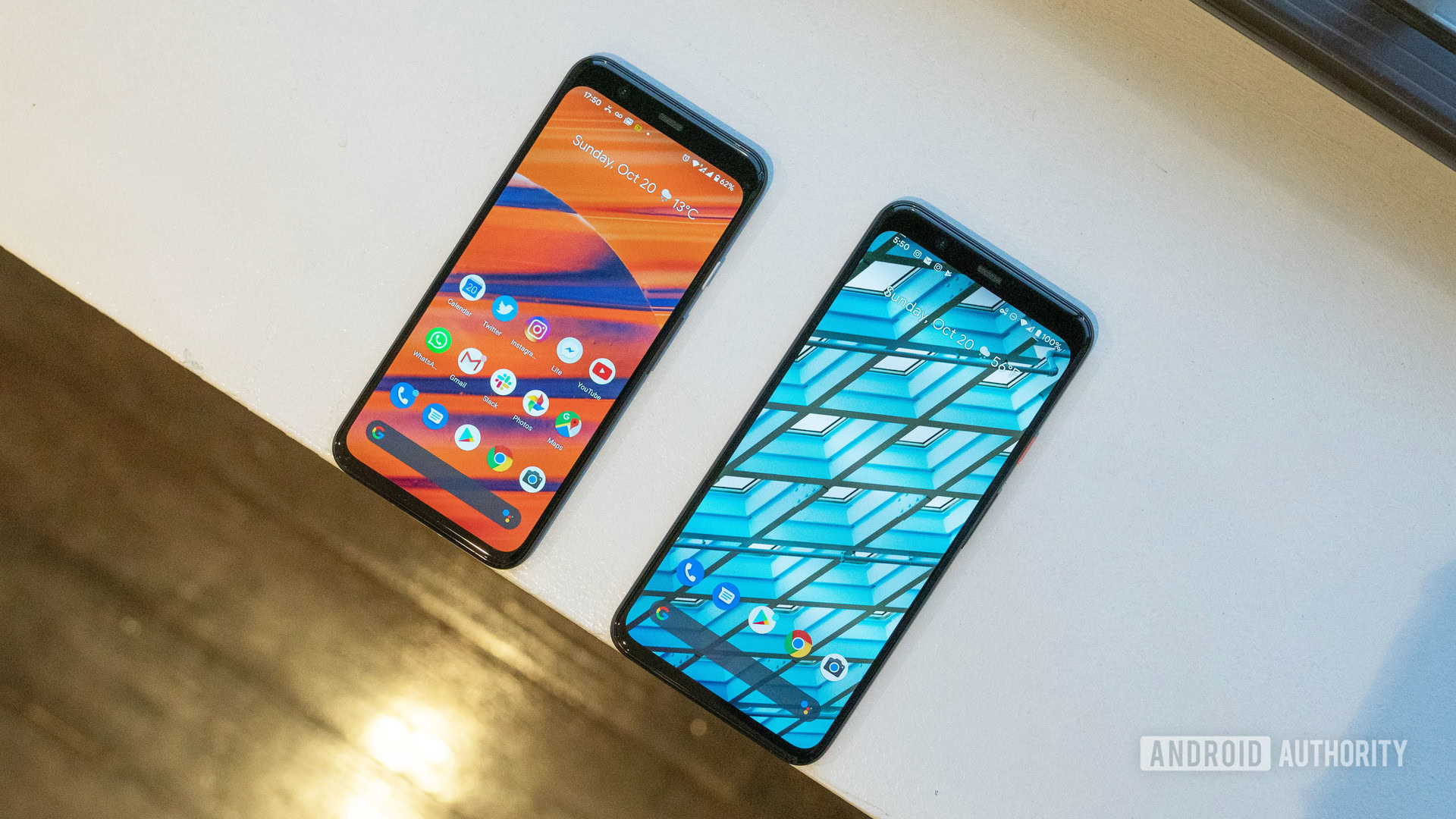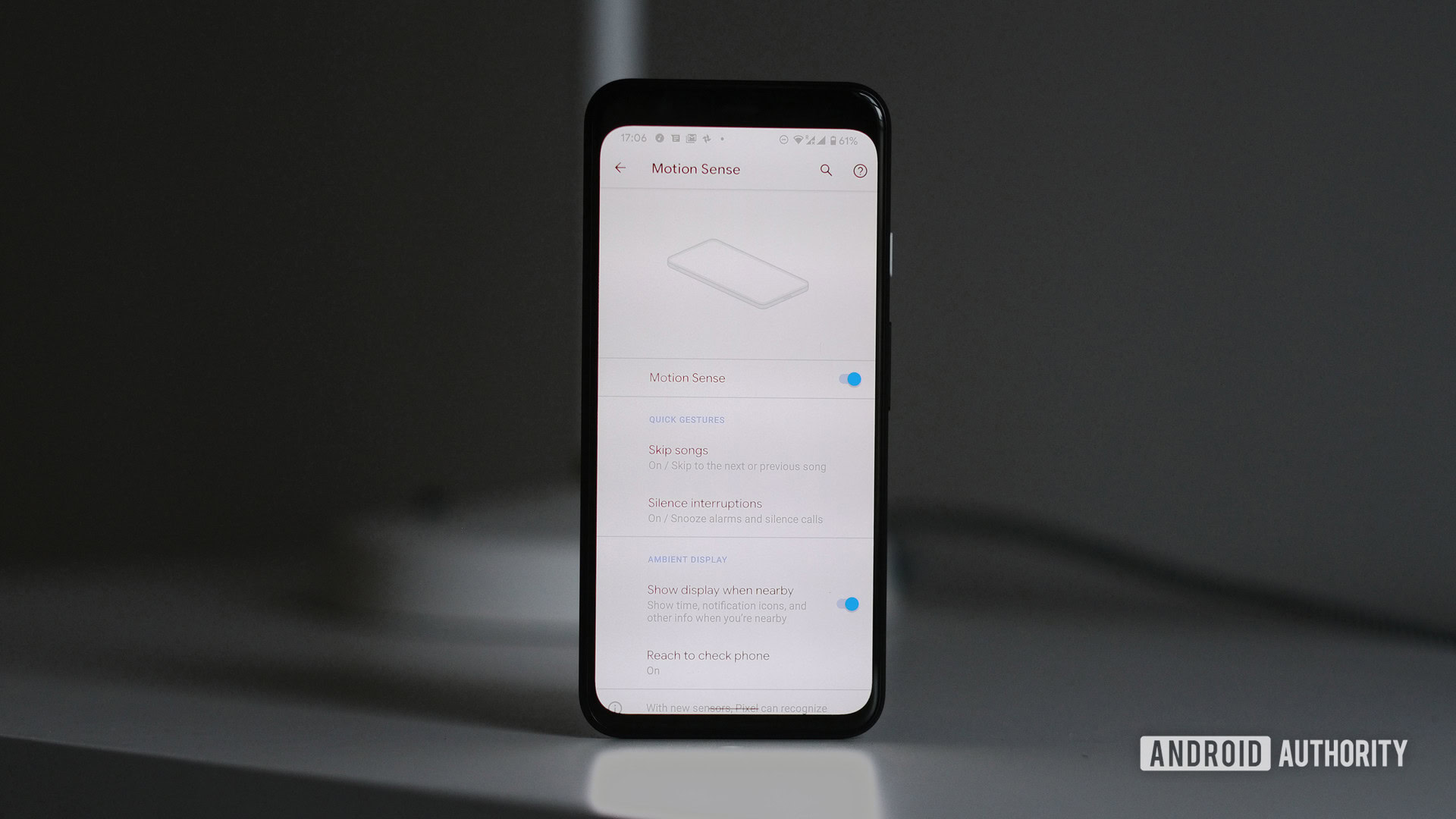Affiliate links on Android Authority may earn us a commission. Learn more.
Google to fix Pixel 4's 90Hz display issue in the coming weeks (Updated)
October 23, 2019

Update: October 23, 2019 at 3:12 p.m. ET: Google has heard us loud and clear. In an email to Android Authority, a Google spokesperson elaborated on the Pixel 4’s 90Hz refresh rate issue and what it will do to address it. In the coming weeks, the company will roll out a software update that will enable the 90Hz display mode to be activated in more brightness conditions.
We designed Smooth Display so that users could enjoy the benefits of 90Hz for improved UI interactions and content consumption, while also preserving battery when higher refresh rates are not critical by lowering back down to 60Hz.In some conditions or situations, however, we set the refresh rate to 60Hz. Some of these situations include: when the user turns on battery saver, certain content such as video (as it’s largely shot at 24 or 30fps), and even various brightness or ambient conditions. We constantly assess whether these parameters lead to the best overall user experience. We have previously planned updates that we’ll roll out in the coming weeks that include enabling 90hz in more brightness conditions.
We are not sure exactly when the Pixel 4 will receive its update, but we will be sure to report back when we have a more detailed timeline.
Original article: October 23, 2019 at 7:04 a.m. ET: The Google Pixel 4 is one of several smartphones in recent years to offer a higher display refresh rate. This enables faster frame-rates in supported games, as well as smoother scrolling in system menus and other apps.
But Google is increasing the refresh rate to 90Hz when the Pixel 4’s screen brightness hits 75% or higher, according to redditor OrganicNebula and XDA‘s Mishaal Rahman. Dip below 75% brightness, and the new flagship’s refresh rate is pegged at a more traditional 60Hz. We’ve also been able to replicate this behavior with our own Pixel 4 units.
This is an interesting discovery and might just be the cause of reduced battery life reported by some reviewers (aside from the smaller than average battery). After all, high screen brightness already results in increased power consumption. Couple the higher brightness with a higher refresh rate, and it definitely seems like a recipe for much shorter endurance.

It’s possible that this is a bid by Google to save power, but tying the refresh rate to screen brightness could be a polarizing move. For example, someone sitting indoors when the screen brightness is low might want the higher refresh rate nonetheless. Fortunately, you can force either refresh rate by going into the phone’s developer options. So if you want to stick to 60Hz with a bright screen, that’s possible too.
This seems like a Google-specific behavior for now, as our OnePlus 7T device doesn’t change the refresh rate based on screen brightness. In any event, we’ve contacted Google to find out more about this behavior and will update the article if/when they get back to us.
Thank you for being part of our community. Read our Comment Policy before posting.